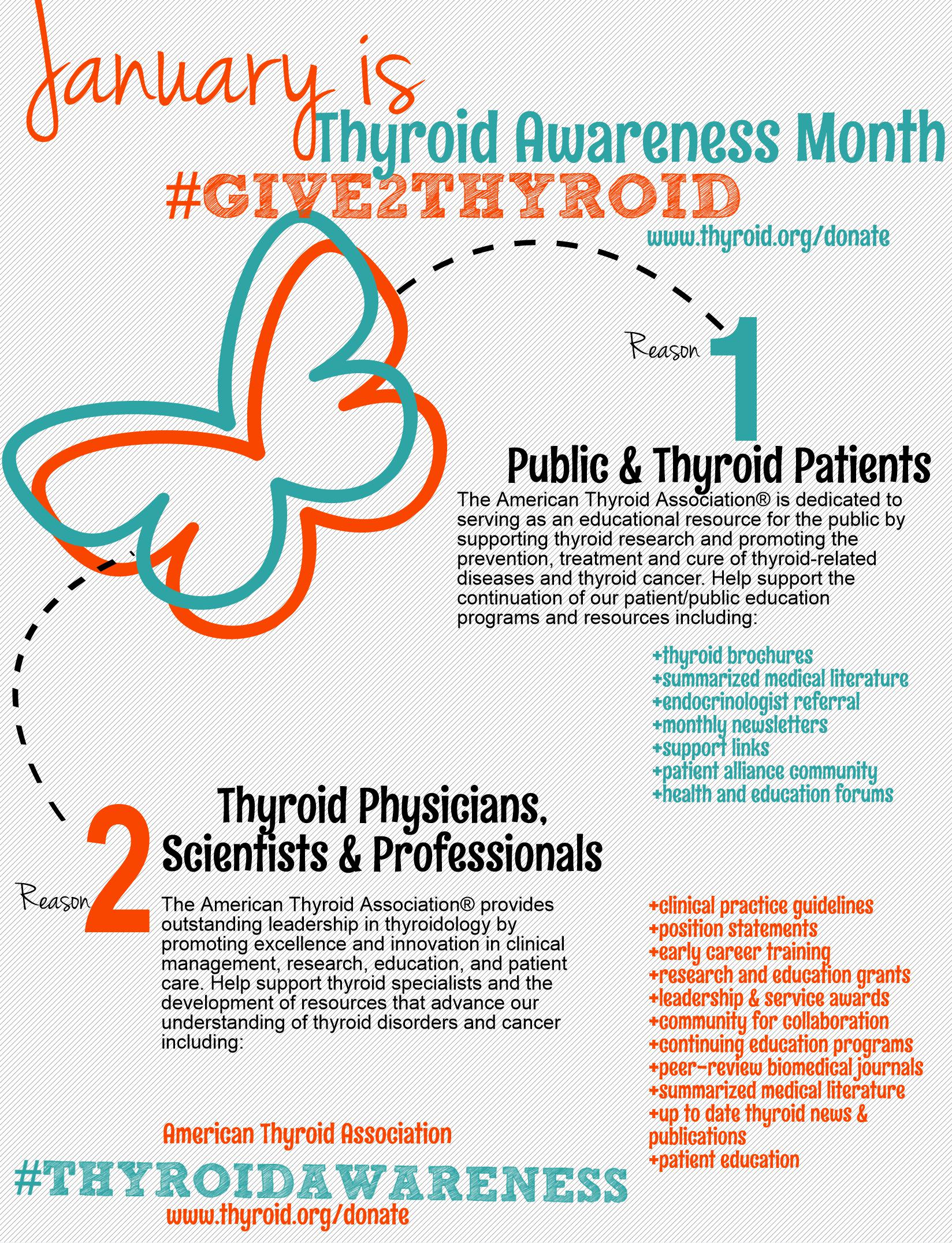Abstract
Background
Hyperhidrosis is a disorder of the autonomic nervous system that creates severe social and work problems through the production of excess uncontrolled perspiration. This disease affects about 1 to 3% of the world's population. Essential or primary hyperhidrosis being most frequently seen. Treatment with a variety of surgical and non-surgical systems has been reported. Recently, intradermal microneedle radiofrequency has attracted favorable attention.
Methods
Seventy-four armpits in 37 patients (9 males, 28 females, average age 28 years [range 15–68 years]) diagnosed as having axillary hyperhidrosis who were performed intradermal microneedling fractional radiofrequency (MRF) in three deeps 2 mm, 3 mm, and 3.5 mm. The study was performed from July 2014 until July 2016. All patients completed control and follow-up sessions for 6 months.
Results
A permanent decrease in sweating of over 50% was achieved in 30 patients (80%); intermediate results in 2 (7%) and little or no results in 5 patients (13% of patients).
Conclusions
results suggest that MFR is a novel, safe, effective, permanent, and minimally invasive method to treat AHH with tolerable side effects.
Level of Evidence: Level IV, therapeutic study.
http://bit.ly/2sul6LL

